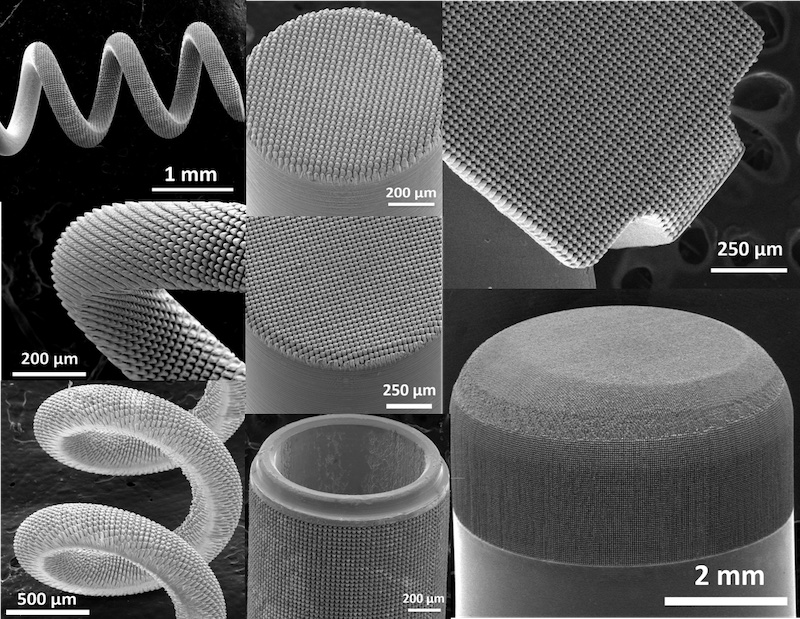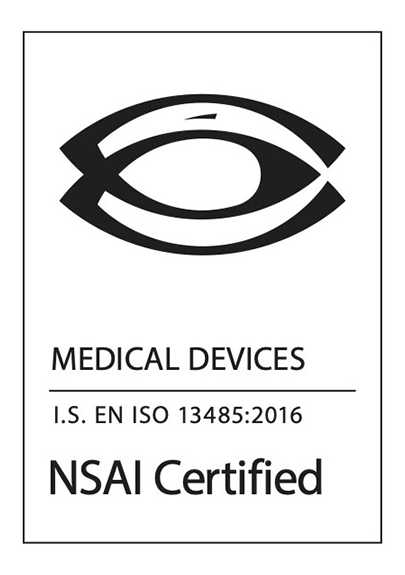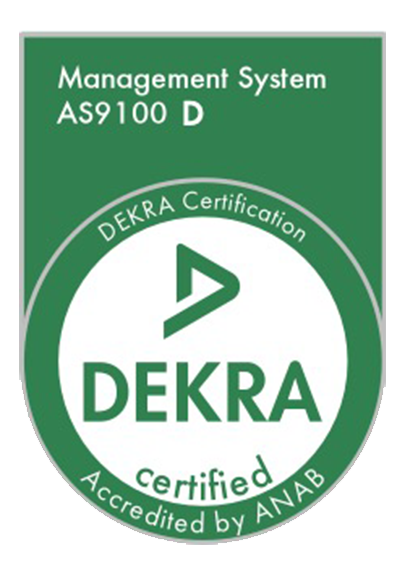Technical Blog
Technical Blog | How Pulse’s Newly Patented Hierarchical Surface Restructuring (HSR™) Technology Improves Electrode Performance in Implantable and Diagnostic Medical Devices

How Pulse’s Newly Patented Hierarchical Surface Restructuring (HSR™) Technology Improves Electrode Performance in Implantable and Diagnostic Medical Devices
Long-term implantable and diagnostic medical devices such as pacemakers, various types of neurostimulators or diagnostic electrophysiology catheters function via sensing, recording and stimulating between their electrodes or microelectrode arrays and surrounding tissue in order to deliver effective treatment for patients. This blog post outlines how Pulse’s patented HSR™ technology can enhance the electrochemical performance of electrodes and microelectrode arrays via enhancements in their surface topology and surface characteristics. Electrodes and microelectrode arrays treated and optimized by this proprietary technology can assist device manufacturers in producing higher-performing and more efficient implantable medical devices with enhanced longevity.
Generally speaking, when it comes to implantable medical devices, the higher the surface area of the electrode, the higher the electrochemical performance. In cardiac rhythm management devices such as pacemakers, increased surface area minimizes after-potential polarization, which is the voltage that remains on the electrode after a stimulation pulse. This allows increased charge transfer at lower voltages, thereby increasing the overall charge transfer efficacy. Capacitive coatings such as titanium nitride (TiN) have traditionally been used to increase electrode surface area, but coatings sometimes suffer from poor adhesion to the substrate, cracking and spallation.
Pulse Technologies’ patented HSR technology optimizes the electrodes’ surface topology by bombarding the surface of the electrode with ultra-fast, ultra-short and high-energy laser pulses. These pulses produce topographic features comprised of varying length scales. For most applications, these varying length scales are the coarse-scale rough structures that are about several microns in size to a range of 10-100 microns and a finer structure subset on top of the coarse structures in the range of about a few nanometers to 1 micron in size. This surface restructuring technique increases the electrode’s available electrochemical surface area that in turn gives rise to charge storage capacity, and specific capacitance while reducing impedance. Some of the benefits of this novel surface restructuring technology include:
- Surface tunability
- Ultra-high surface area
- Hierarchical surface structure
- Unprecedented charge storage capacity enhancement
- Extremely high specific capacitance and low impedance
- Applicable on complex geometries
- Suitable for use in a diverse range of sensing, recording and stimulating applications
- Scalable and commercially viable
- Applicable on finished medical device assemblies
- Compatible with individual electrodes, subcomponents and fully assembled leads
Meet Your Implantable Device’s Performance Objectives
Medical device manufacturers continually try to achieve greater performance, efficiency and longevity from their neural interfacing devices via increase in charge storage/injection capacity, and reduction in impedance. Electrode surfaces restructured using Pulse’s patented HSR technology enables medical device manufacturers to meet these objectives.
For more information, visit our advanced technology page.
Contract Manufacturing
Advanced Technology
Capabilities
© 2021 Pulse Technologies, Inc. All rights reserved.
 Careers
Careers Contact
Contact







